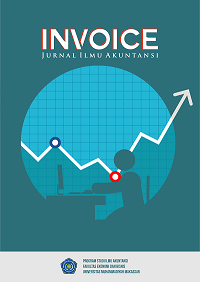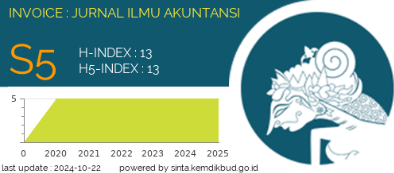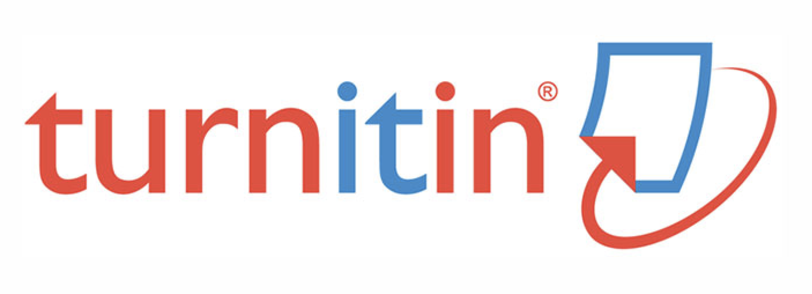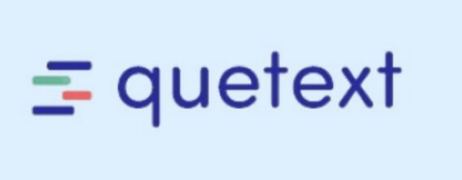Analysis of Bank Muamalat's Performance Based on The Financial Ratio and Shariah Maqashid Index
DOI: https://doi.org/10.26618/inv.v6i1.13125
Abstract
This journal analyzes Bank Muamalat's performance based on the financial ratio and the Sharia Maqashid Index for the 2014 period to 2022. This study aims to assess the financial stability of the bank and their obedience to Islamic principles. The results of the financial ratio research: this condition is still in a reasonable condition, because the quick ratio value is still below 3, with a value of 0.20 when compared to existing standards that are in ROA ≤ 1.5% which means the bank is ineffective and efficient, ROE is 2 , 78 at Muamalat Bank which is below 12 shows that the ability of banks to generate profits by using equity owned by banks in bad conditions, net interest margin of the bank is at the value of NIM ≥ 2% means the condition of a healthy company, 97, 36% Bopo value ≤ ≤ 100% means that the company's health condition in carrying out its activities is efficient, with a value of 90.30 in a composite ranking position 3 (85% <FDR ≤ 100%), which means the ability of bank liquidity to anticipate the liquidity needs and determination of adequate liquidity risk management. This study uses a quantitative analysis method to analyze financial data from the annual report of the Muamalat Bank. This journal also includes a qualitative assessment of Islamic banking practices and its impact on performance. The findings of this study will provide valuable insights for Bank Muamalat.References
Al Ghifari, M., Handoko, L. H., & Yani, E. A. (2015). Analisis kinerja perbankan syariah di Indonesia dan Malaysia dengan pendekatan maqashid indeks. Jurnal Ekonomi dan Perbankan Syariah, 3(2), 47-66.
Duantika, D. (2015). Analisis Perbandingan Kinerja Bank Syariah Berdasarkan RGEC dan Islamicity Performance Index (Studi Bank Muamalat Indonesia dan Bank Syariah Mandiri).
Fadhila, N., & Christiana, I. (2020). Analisis Kinerja Bank Muamalat (Menggunakan Rasio Keuangan dan Indeks Maqashid Syariah). Liabilities (Jurnal Pendidikan Akuntansi), 3(1), 79-95.
Faisol, A. (2007). Analisis Kinerja Keuangan Bank Pada PT Bank Muamalat Indonesia Tbk. Jurnal Bisnis & Manajemen, 3(2), 129-170.
Handoko, F., & Ulfah, M. (2014). Analisis Kinerja Keuangan pada PT. Bank Muamalat Indonesia Tbk Periode 2009-2012. Jurnal Pendidikan dan Pembelajaran Khatulistiwa (JPPK), 3(10).
Kinasih, D., & Kamaluddin, N. (2022). PENGARUH RASIO KEUANGAN TERHADAP KINERJA KEUANGAN PADA KOPERASI PRIMKOPAL LANAL TEGAL. Review of Applied Accounting Research (RAAR), 2(1), 13-22.
Mukhlis, A., & Zahra, N. P. (2019). Analisis Kinerja Keuangan Dengan Menggunakan Rasio-Rasio Keuangan dan Economic Value Added (EVA) pada PT. Bank Muamalat Indonesia tbk. Majalah Ilmiah Bijak, 16(2), 121-130.
Nasir, M. (2020). Analisis Kinerja Keuangan Menggunakan Metode CAMEL dan Sharia Maqhasid Index pada Bank Muamalat Indonesia Periode 2015-2019 (Doctoral dissertation, Universitas Islam Negeri Alauddin Makassar).
Priyatno, P. D., Rohim, A. N., & Sari, L. P. (2022). Analisis Kinerja Bank Syariah di Indonesia Berbasis Maqashid Sharia Index. Jurnal Ilmiah Ekonomi Islam, 8(3), 2434-2443.
Rambe, I. (2020). Analisis Kinerja Keuangan Pada Pt Bank Muamalat Indonesia Tbk. Jurnal Al-Iqtishad, 16(1), 18-37.
Yanti, S., Yusuf, M., & Khairiyani, K. (2022). Analisis Perbandingan Kinerja Keuangan Bank Syariah Berdasarkan rasio Keuangan Tahun 2018-2020 (Doctoral dissertation, UIN Sulthan Thaha Saifuddin Jambi).
Yusuf, M., & Yanti, S. ANALISIS PERBANDINGAN KINERJA KEUANGAN BANK SYARIAH BERDASARKAN RASIO KEUANGAN TAHUN 2018-2020.
Downloads
Published
Issue
Section
License
Authors who publish with Invoice: Jurnal Ilmu Akuntansi agree to the following terms:
-
Copyright Ownership
The copyright of all articles published in this journal remains with the author(s). However, the authors grant Invoice: Jurnal Ilmu Akuntansi the right of first publication with the work simultaneously licensed under a Creative Commons Attribution 4.0 International License (CC BY 4.0). This license allows others to share, copy, redistribute, adapt, and build upon the work for any purpose, even commercially, as long as proper credit is given to the original author(s) and the source. -
Licensing and Access
Invoice: Jurnal Ilmu Akuntansi provides immediate open access to its content on the principle that making research freely available to the public supports a greater global exchange of knowledge. All published materials are available freely without subscription or payment and can be accessed, downloaded, and reused by any user provided that appropriate attribution is given. -
Permission for Reuse
For uses not covered by the CC BY 4.0 license, such as commercial reprints, translations, or any form of adaptation without clear attribution, users must obtain written permission from the editorial team. Requests for such permissions can be directed to the editorial office at: [invoice@unismuh.ac.id]. -
Plagiarism and Originality
Authors are responsible for the originality of their submissions. All articles are screened for plagiarism using appropriate tools before acceptance. Manuscripts found to contain unoriginal content or infringing materials will be rejected or retracted as per journal policy.














